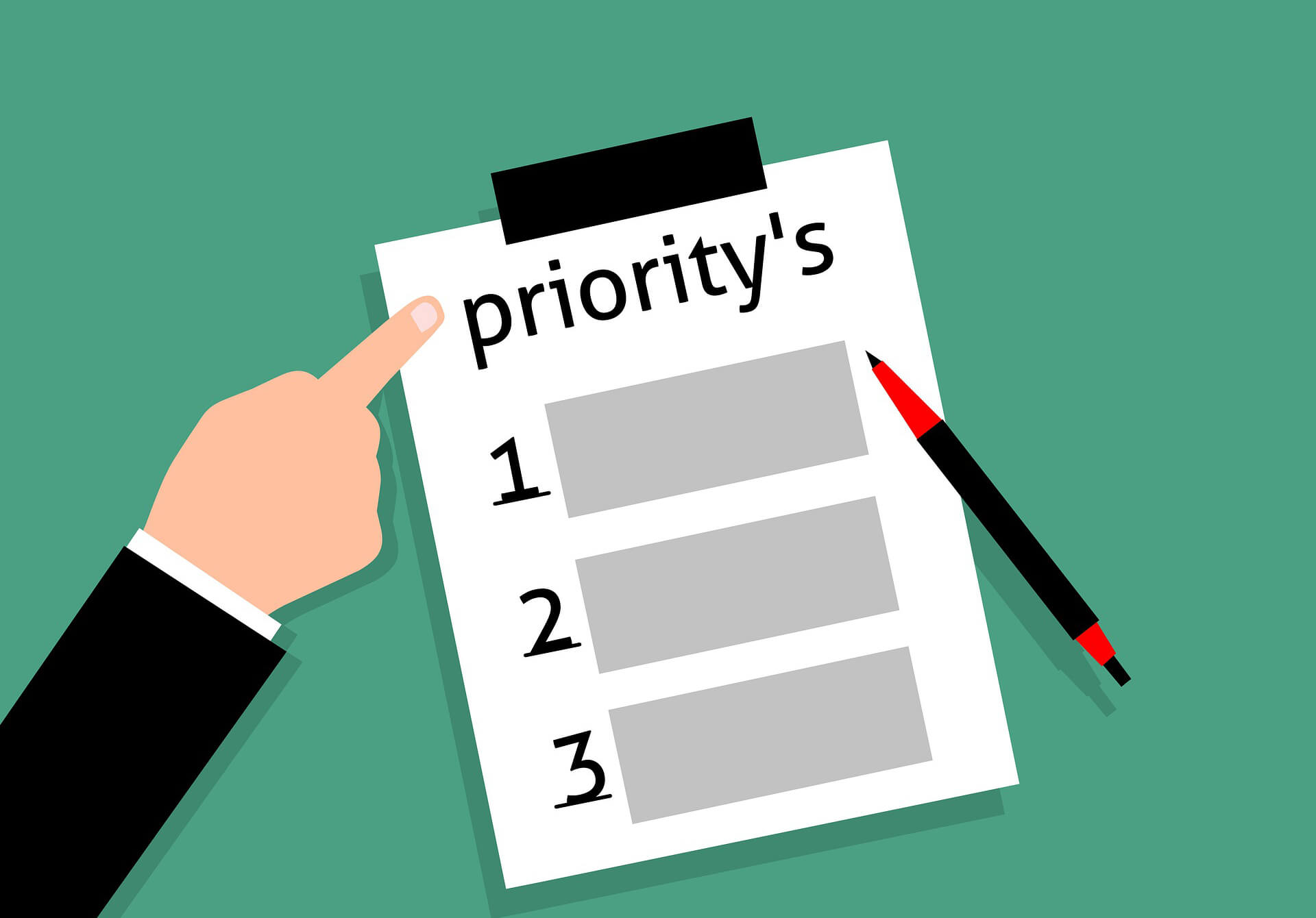We have mentioned previously how to communicate priorities, but how do Technical Writers organize their own priorities? Prioritizing, listing items from the most important to the least important, can be a daunting task. Sometimes you can recognize and know right away what the priority is and sometimes not. When it comes to work priorities, how do we organize it? We can learn what needs to be done first from prior meetings and we can also consider other items such as the following:
- Check out your project plan(s); use it as your guideline. See where you currently stand with the noted tasks. If a new project is assigned, see how and where you can make changes to meet new goals or priorities. Make sure you know whether or not you can really fit it into your schedule. Examine all the timelines and resources as well.
- Make sure you have all the correct schedules for resources and availability. Without this information, you will not be able to complete a task.
- Be aware of your company goals. Knowing the direction the company is moving towards can at times help you set your priorities.
- Make a list. You can break the list down into different categories followed by various project phases or stages to see a clearer picture.
- Divide the priority list by drawing a line and setting the higher priorities above the line. Sort these. Depending on what works the best for you, complete the simplest to the most difficult task or vice versa.
- Have a meeting and find out what is the most important task to accomplish within each phase of a project.
- Create a mapping with the different tasks to see how priority outcomes would be reached.
- Set up a hierarchy to see which goals need to be reached first.
What do you do when you have competing priorities for deliverables and resources?
- The first item on the agenda is a meeting of all parties involved and follow suggestions from the previous article on communicating priorities in order to let all involved know what is on your agenda.
- Create phases of a deliverable so that you have all the resources you need to complete development of all priorities. Once phases are assigned, make sure everyone has ownership of what they have to do.
- Try to make use of any resources you have to help.
- Set up a matrix of roles and responsibilities and ensure everyone involved is aware of its existence so that no resources can be suddenly taken away.
Finally,
- Stay on top of the priorities to make sure no changes occur.
- Stay informed as to what else is happening within the organization so that you stay ahead of the game and can make adjustments quickly without missing the delivery date. Stay in control.
- Set up a calendar for yourself and for others to see.
- Be assertive about no more changes if re-prioritizing seems to be in the future.
Once your priority listing is completed, document the process you followed and make it reusable. Do not assume anything. Make sure you have all the facts and figures when setting priorities.
What process have you used to set up or organize priorities?
 Sections of this topic
Sections of this topic
















